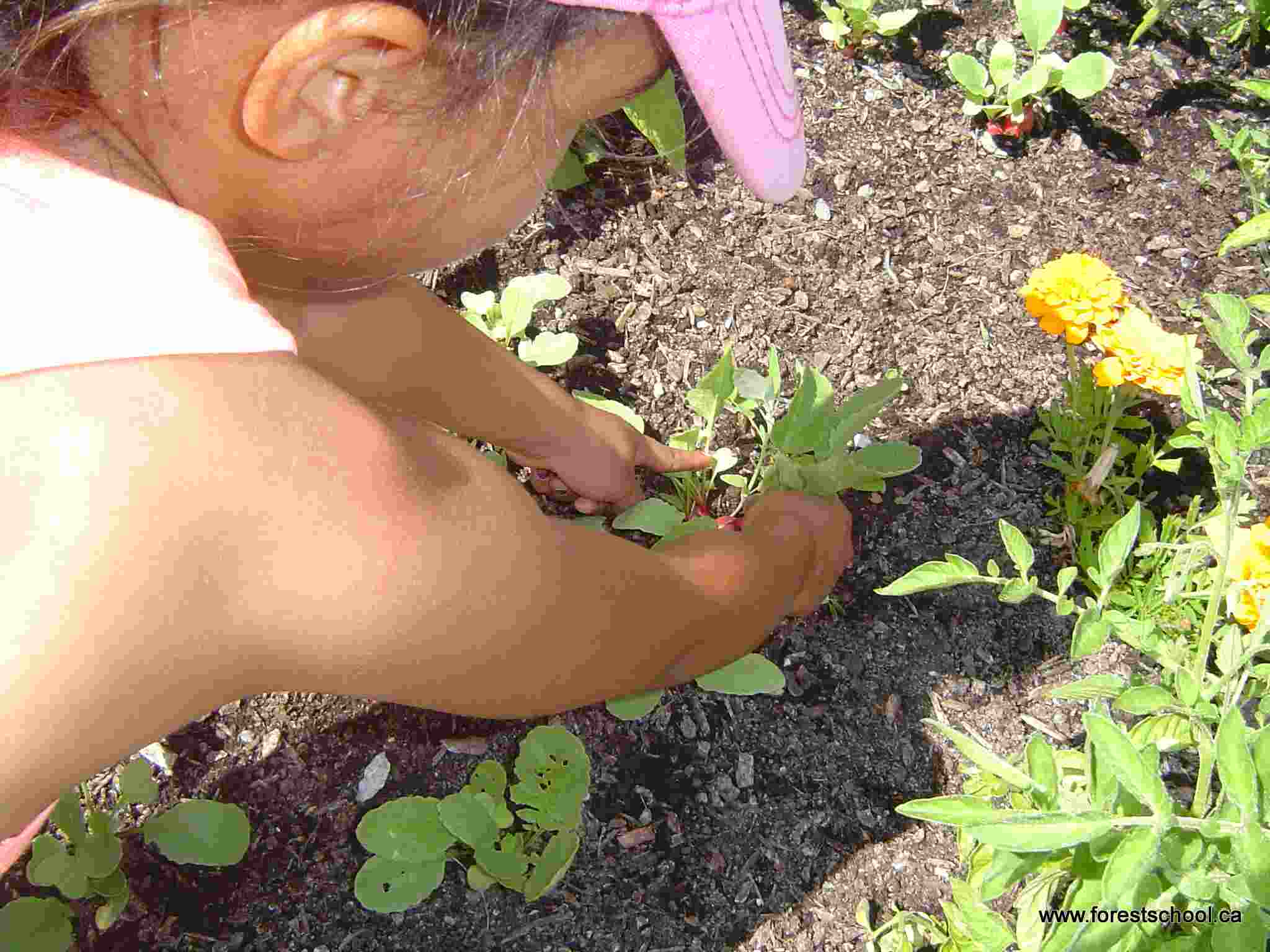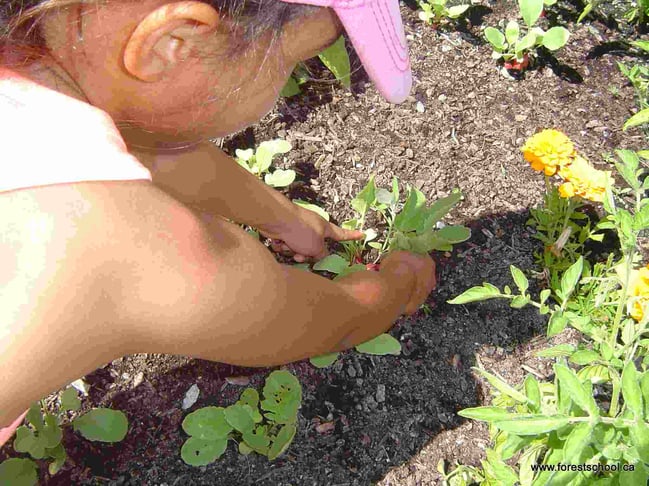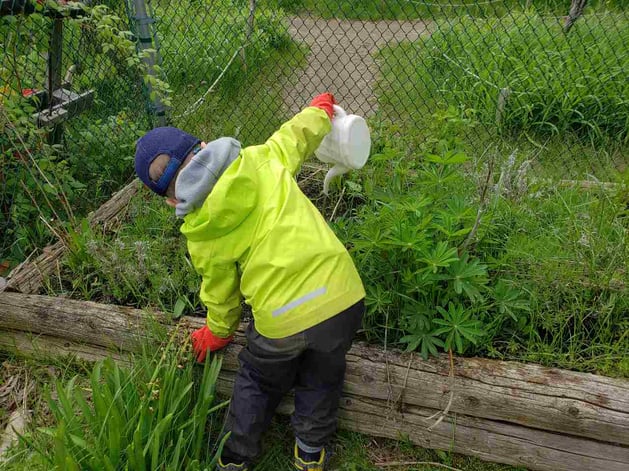
The WHY, HOW & WHAT of Gardening with Children
WHY: Gardening with children can be a fun and educational activity that provides numerous benefits. Here are some reasons why gardening with children is important:
- Educational benefits: Gardening provides children with a hands-on learning experience about the natural world. Children can learn about plant growth and development, the role of pollinators, and the importance of soil health.
- Encourages healthy eating habits: When children participate in gardening, they are more likely to eat fruits and vegetables, which can help establish healthy eating habits that can last a lifetime.
- Promotes physical & mental health: Gardening is a physical activity that requires movement and can help children stay active and healthy. It also provides a calming and relaxing activity that can help reduce stress and improve mental health.
- Develops life skills: Gardening teaches children important life skills such as responsibility, patience, and problem-solving.
- Foster's connection with nature: Gardening with children can foster a connection with nature and help them appreciate the natural world around them.
- Environmental awareness: Gardening teaches children to appreciate the environment and the importance of conserving natural resources. It helps them understand the impact of human actions on the natural world and encourages them to take actions that support the environment.
- Provides a sense of accomplishment: Gardening can give children a sense of accomplishment and pride as they watch their plants grow and flourish.

HOW: Gardening with children can be a fun and educational activity that can be enjoyed by everyone no matter what your age, experience or location. Here are some tips to help you get started:
- Involve the children in the process: Allow them to take an active role in the gardening process. This can include selecting the plants, preparing the soil, planting the seeds, and watering the plants.
- Make it fun: Gardening should be a fun activity! Try to make it engaging and exciting by including games and challenges like scavenger hunts and identifying different types of plants.
- Provide the right tools: Ensure that they have the necessary tools to garden safely, such as gloves and a watering can that is easy for them to handle.
- Talk about the environment: Gardening can be a great opportunity to teach about the environment and the importance of sustainability. This can include discussing composting and reducing waste.
- Celebrate successes: Celebrate your child's successes and milestones, such as when their plants begin to sprout or when they harvest their first vegetable. This will help keep your child motivated and engaged.
- Celebrate the failures too! This can be an important learning experience. What happened? Why? What can we do differently in the future?

WHAT: There are so many activities that you can do related to gardening. And you don’t need a lot of space. A pot, and window box or a planter is all you need to get started.
- Choose the right plants: Select plants that are easy to grow and maintain, and that will capture the children's interest. Fast-growing plants like beans, radishes and sunflowers are great options as they offer quick gratification..
- Weeding: Show your child how to pull weeds from the garden. It's a great way to teach them about the difference between plants and weeds, and the importance of keeping the garden clean and tidy.
- Watering: Let your child help you water the plants. They will love using the watering can and feel like they are contributing to the care of the garden. This can be a fun and engaging activity for children of all ages
- Harvesting: When your plants are ready to be harvested, involve your child in the process. They will love picking vegetables or fruits and seeing the fruits of their labour. This can be a great opportunity to talk about healthy eating and the benefits of fresh produce.
- Composting: Teach the children about composting and how it helps the environment. Involve them in the process of collecting and adding kitchen scraps to the compost bin.
- Creating a fairy garden: This is a fun and imaginative activity for younger children. Help your child create a mini-garden with small plants, fairy figurines, and other decorations.
- Building birdhouses or bird feeders: Encourage children's creativity by building birdhouses or bird feeders. They will learn about birds and the importance of providing food and shelter for them.
- Explore insects: Teach children about the insects that live in the garden. You can go on a bug hunt and look for different types of insects, or you can set up a bug hotel to provide a habitat for beneficial insects.
- Garden art: You can create garden art with the children using natural materials like rocks, sticks, flowers, or other materials you find in the garden. This can be a fun way to express creativity and make the garden look even more beautiful.
- Nature scavenger hunt: Create a list of items for children to find in the garden, such as a butterfly, a ladybug, or a feather. This will help them learn about the different creatures and objects that can be found in the garden.
Remember, the garden is a great place for children to explore and learn about the natural world. With a little creativity, you can make gardening a fun and educational activity for the whole family.
